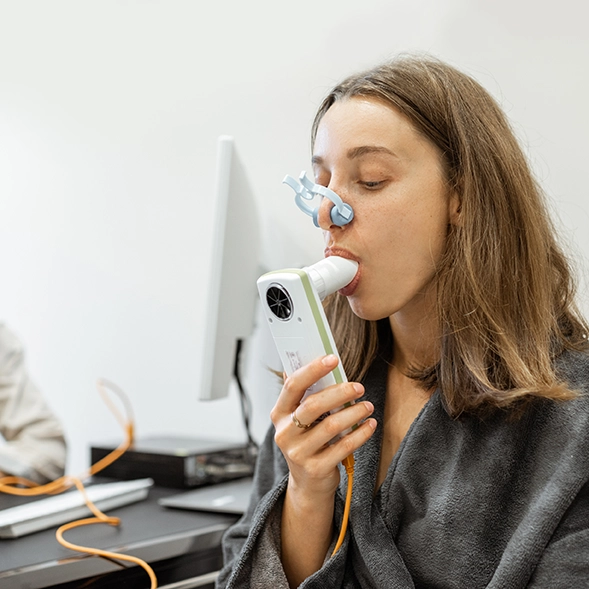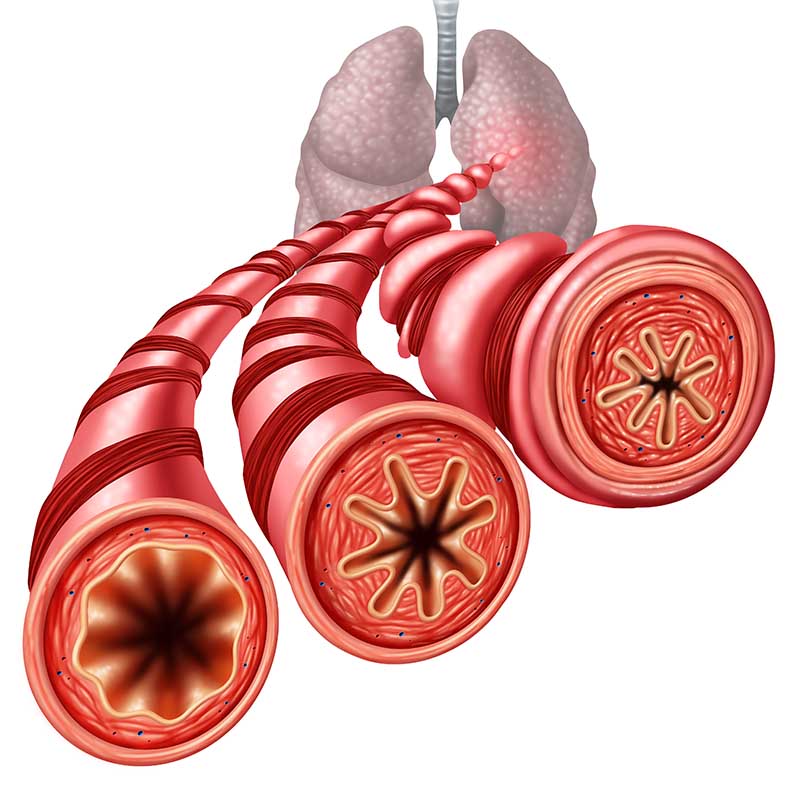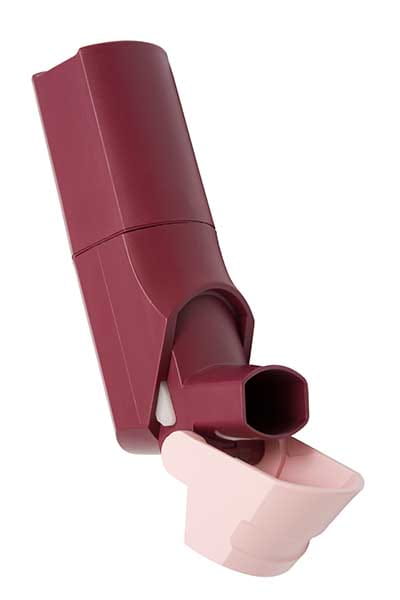Speaker: Lan Cliff
The study comparing the bronchodilator response based on the European Respiratory Society/American Thoracic Society (ERS/ATS) technical standard on interpretive strategies for routine lung function with the British Thoracic Society/National Institute for Health and Care Excellence (BTS/NICE) disease-specific guidelines was presented during the session. The ERS/ATS technical standards, published in 2022, were developed to update the previous 2005 document. Major changes included a shift from making clinical diagnoses to describing physiology, the recommendation of reference ranges such as the Global Lung Initiative (GLI), and the redefinition of abnormality by eliminating fixed values like 80% Forced Expiratory Volume in one second (FEV1) or a FEV1/Forced Vital Capacity (FVC) ratio of < 0.7. Additionally, a focus was placed on assessing lung function over time, considering severity through standardized residuals or Z-scores, and classifying physiological impairments. Notably, changes to bronchodilator response definitions were emphasized. The recommendation to transition from baseline change to predicted change was made to eliminate biases related to height and sex. A threshold of 10% change in bronchodilator response was established, with hazard ratios for mortality significantly affected by these changes.
A shift in the calculation and a new threshold have been introduced. The BTR and Scottish Intercollegiate Guidelines Network 158 and NICE asthma guidelines advocate for a 12% or greater improvement and a 200 mL increase in FEV1 second and FVC. A discrepancy between technical standards and clinical standards has been identified. A study involving 1,329 patients from April to November 2023 revealed that 257 patients exhibited a significant bronchodilator response using the standard method. When recalculated using the new ERS/ATS standard, the number decreased to 239. It was observed that 95% of the population showed no change in bronchodilator response status, while 2% were reclassified as positive and 3% as negative, with a notable gender bias in reclassification outcomes.
A significant response was sought regarding the integration of technical and clinical standards in asthma management. A consultation document was released by the NICE earlier this year, which addressed asthma diagnostics, diagnosis, and monitoring management, closing at the end of July. This document has included both methods for expressing BDR: percent change from baseline and percent change from predicted values. In summary, it was highlighted that different methods of expressing BDR can influence diagnosis and treatment; therefore, clinicians are advised to be aware of these variations. Lung function laboratories may be required to report BDR using multiple criteria to prevent misinterpretation and its subsequent effects on clinical decisions. The recent draft guidance from NICE acknowledges the varying methods for expressing BDR and recommends both in their consultation document. It is reassuring that there is general agreement between the two studied methods; however, it is noted that discrepancies may still have clinical implications. Overall, the collaborative efforts aim to improve asthma management through clearer guidelines and recommendations for healthcare professionals.
Questions from the audience were addressed regarding the NICE. It was clarified that both FEV1 and FVC are considered in the evaluation of flow response, with the guidelines currently undergoing consultation and expected to be published in November of this year. The importance of considering the FEV1 and Slow Vital Capacity responses was emphasized, particularly in Chronic Obstructive Pulmonary Disease and asthma cases, where flow response is prevalent. Additionally, it was noted that aligning various guidelines poses challenges for medical societies, and clinicians are advised to focus on a single guideline for practical patient care. A lack of evidence supporting significant changes post-therapy in patients exhibiting a bronchodilator response was also mentioned, suggesting that physiological measures should be prioritized over clinical ones.
European Respiratory Society Congress (ERS) 2024, 7–11 September, Vienna, Austria.




